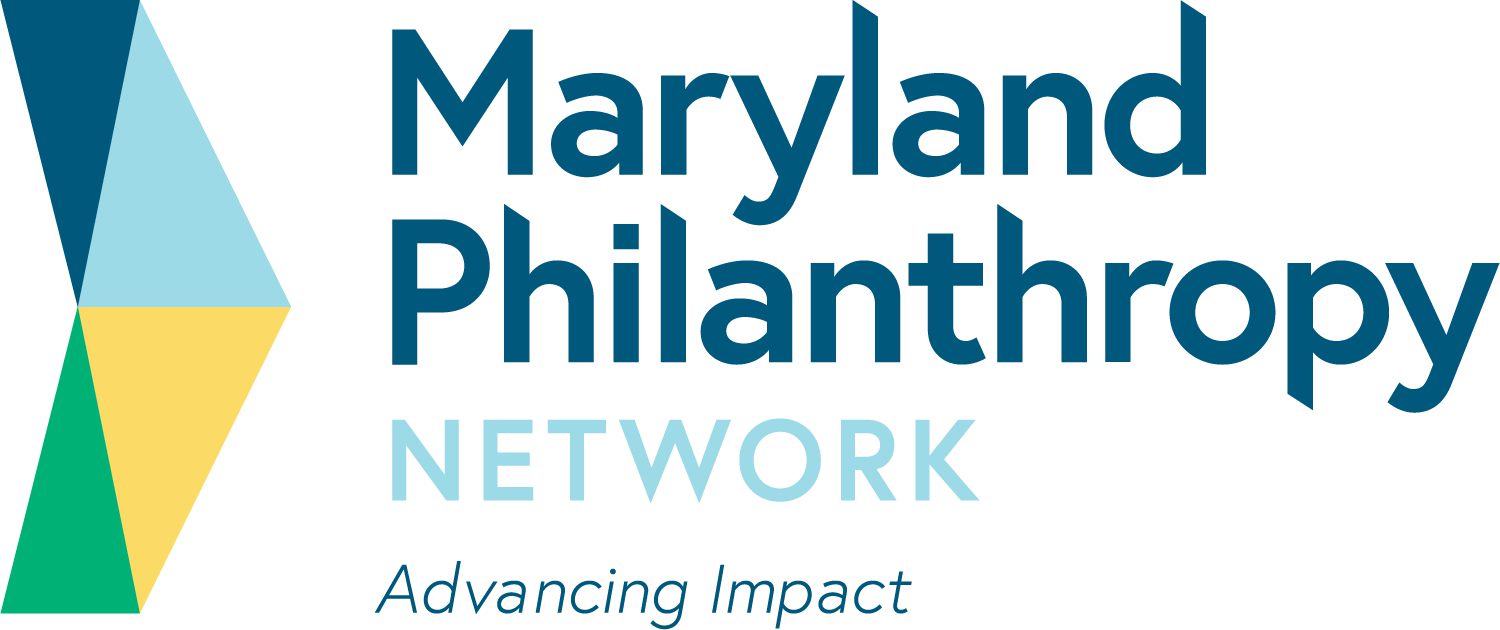Race and Disability: A New Reckoning Grant makers are awakening to the role that disability have in equity campaigns.
One fifth of the nation’s 61 million individuals with disabilities are people of color. Data suggest they are among the most marginalized in America, often living “below the bottom rung of the economic ladder,” as a National Disability Institute report concluded. The report’s findings illustrate that racial disparities — in education, employment, and financial security — grow deeper when disability is an added factor.
The combination of race and disability most affects Black and Indigenous people. They are more likely than white individuals to have a disability, and that disability is more likely to magnify the discrimination and hurdles that they already face in housing, employment, and health care. Just one quarter of Black Americans with disabilities, for instance, have jobs — an employment rate at least 10 percentage points lower than that for white, Latinx, and Asian American disabled people. Research also indicates that race and disability lie at the crux of issues relating to mass incarceration, the school-to-prison pipeline, and police violence against Black people. Black and Latino individuals with disabilities are significantly more likely to have been arrested by age 28 than their white counterparts. Also, one third to one half of police killings involve people with disabilities, many of them Black men. Race and disability, Lewis writes, are “the most dangerous intersection history has ever held.”
Click here to read the full report.
Source: Disability & Philanthropy Forum and the Presidents' Council on Disability Inclusion in Philanthropy
FIND MORE BY:

